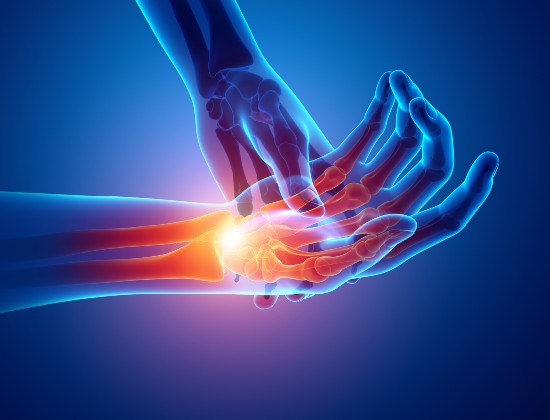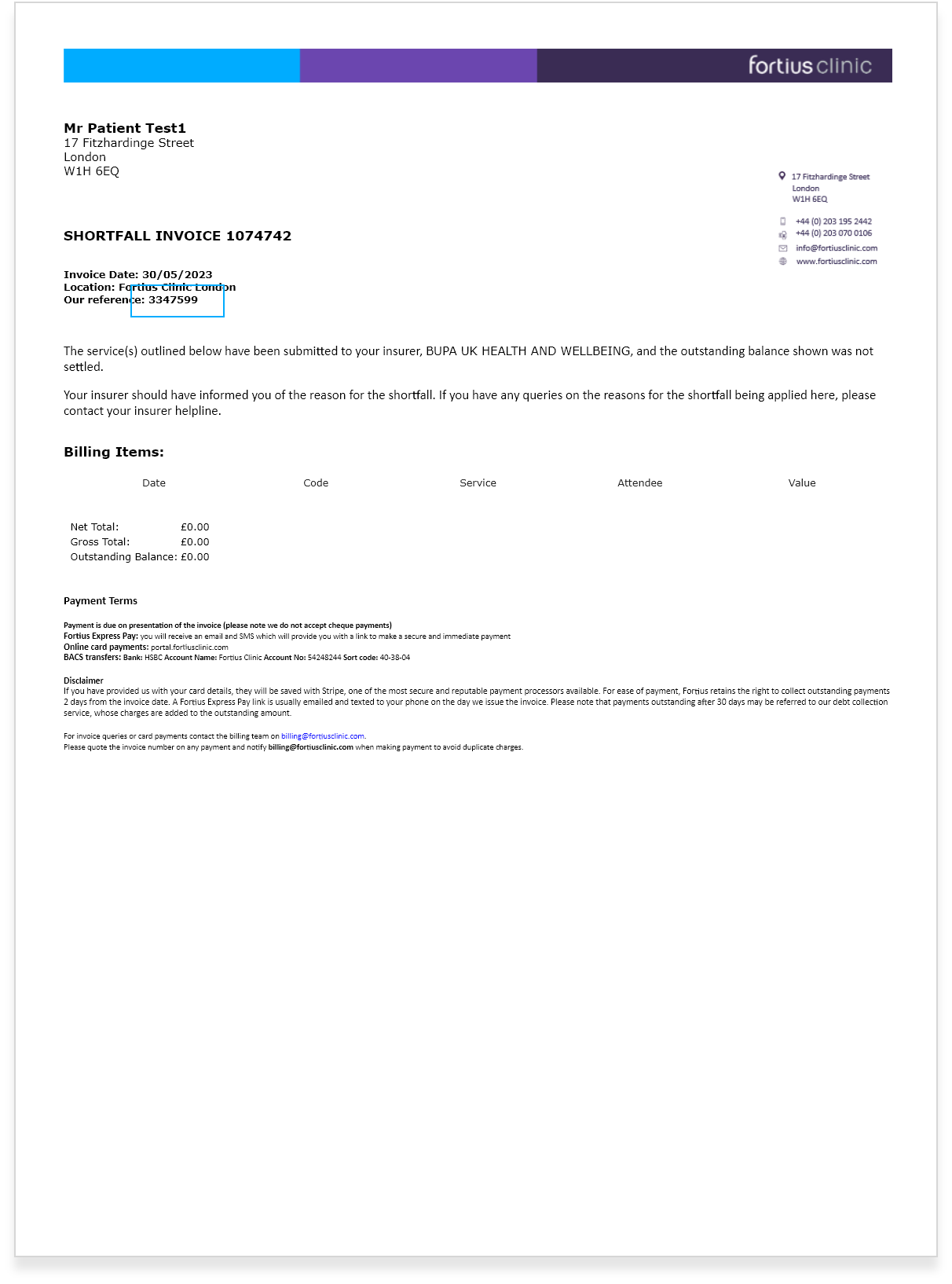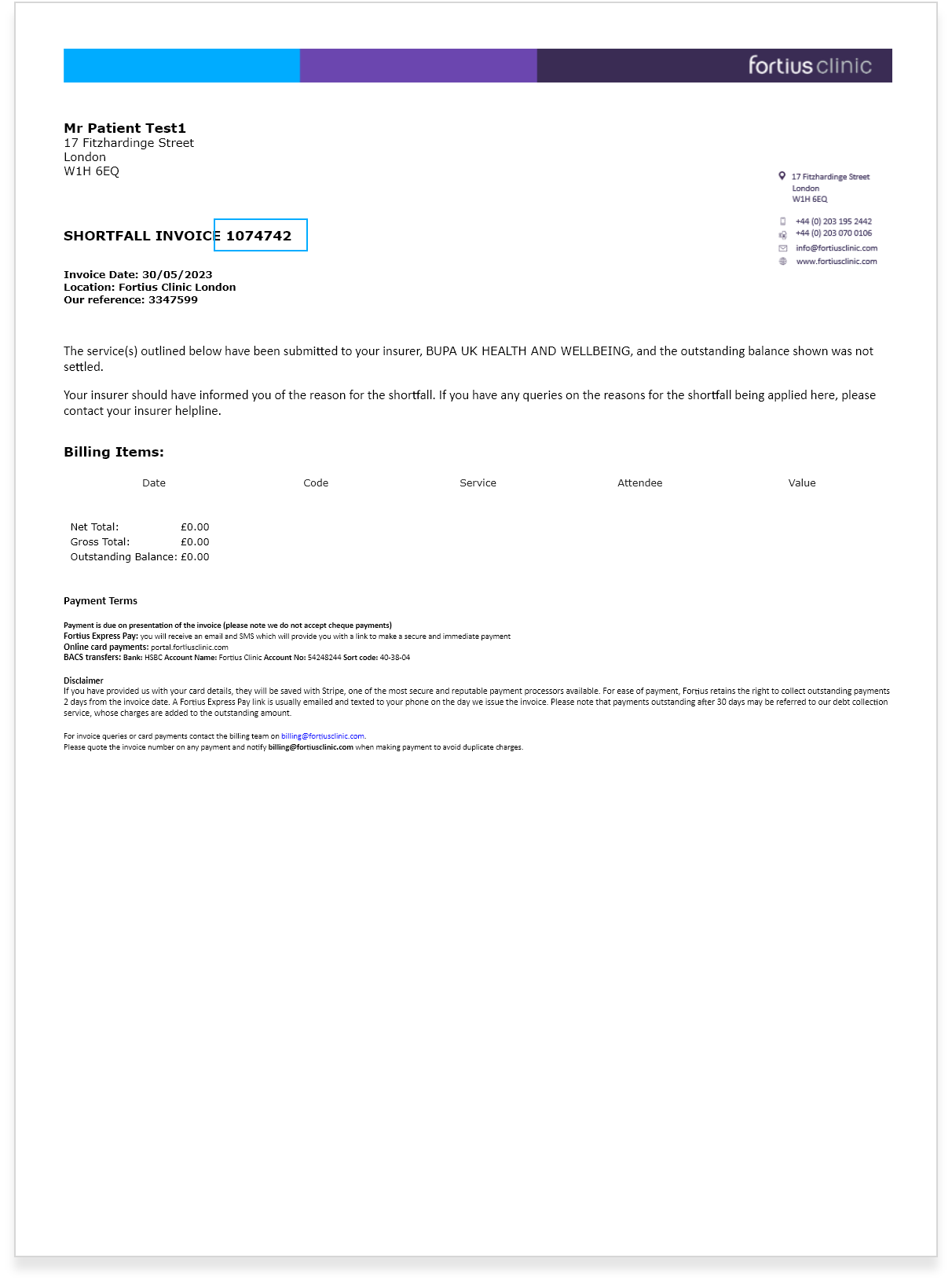Carpal tunnel syndrome
The carpal tunnel is a narrow ‘sheath’ beneath the base of the palm, formed by small bones inside the wrist and a band of strong connective tissue (transverse carpal ligament) through which the median nerve travels from the forearm to the hand.
This nerve controls feeling in the thumb, index finger, middle finger and the ring finger as well as muscles in the base of the thumb. Tendons that allow the fingers and thumb to move (flexor tendons) also pass through the carpal tunnel.
Causes
Carpal tunnel syndrome (CTS) is more common in women than men and is caused when the sheath becomes too tight and puts pressure on the median nerve. No one is sure exactly how this happens but you are more at risk if:
- Someone else in your family has had CTS
- You have fractured your wrist
- You have other conditions including diabetes or rheumatoid arthritis
- You are pregnant (CTS affects up to 50% of pregnant women and is thought to be caused by hormonal changes)
- You put too much repeated strain on your hand
Symptoms
These include: pins and needles (paraesthesia); ‘electric shock’ sensations and pain in the hand or arm; a weakened thumb; and weaker grip strength. Symptoms usually develop slowly over time, are often worse at night, and can also affect your ability to carry out simple everyday tasks such as buttoning a shirt.
Diagnosis
Your specialist will discuss your symptoms with you and examine your hand to test for weakness and nerve sensations (tingling or numbness). You may need to have a nerve conduction test to look for compression on the nerve and find out how well it’s working; if your wrist movement is limited, you may have X-rays to assess the extent of any damage.
Treatment
Sometimes CTS disappears without any treatment, for example, if you are pregnant, your symptoms will usually improve within three months of giving birth. If your symptoms are caused by over-using your hand, resting or changing the activity that caused the problem will usually improve the CTS.
Non-operative treatment: this includes wearing a brace or splint at night or during some activities to immobilise the wrist and prevent pressure on the nerve if you bend your wrist while you’re asleep. Your specialist may also advise you to take anti-inflammatory medication and to change any activities that make the condition worse. In some cases, having a steroid injection can help, although symptoms may eventually return.
Surgery: if your symptoms don’t improve, surgery can be carried out arthroscopically, using a small incision (usually under a local anaesthetic) to increase the space around the nerve inside the carpal tunnel.
Important: This information is only a guideline to help you understand your treatment and what to expect. Everyone is different and your rehabilitation may be quicker or slower than other people’s. Please contact us for advice if you’re worried about any aspect of your health or recovery.


